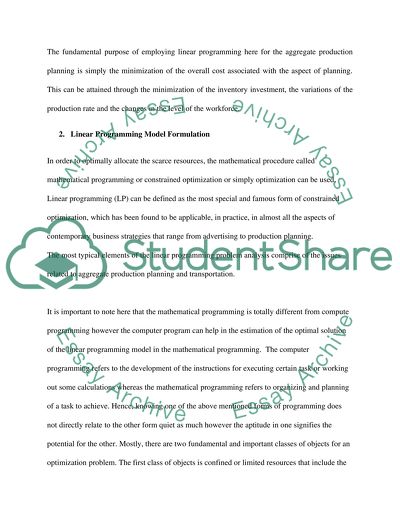Cite this document
(“Linear programming applied to Aggregate Production Planning Research Paper”, n.d.)
Retrieved de https://studentshare.org/engineering-and-construction/1401546-linear-programming-applied-to-aggregate-production-planning
Retrieved de https://studentshare.org/engineering-and-construction/1401546-linear-programming-applied-to-aggregate-production-planning
(Linear Programming Applied to Aggregate Production Planning Research Paper)
https://studentshare.org/engineering-and-construction/1401546-linear-programming-applied-to-aggregate-production-planning.
https://studentshare.org/engineering-and-construction/1401546-linear-programming-applied-to-aggregate-production-planning.
“Linear Programming Applied to Aggregate Production Planning Research Paper”, n.d. https://studentshare.org/engineering-and-construction/1401546-linear-programming-applied-to-aggregate-production-planning.


